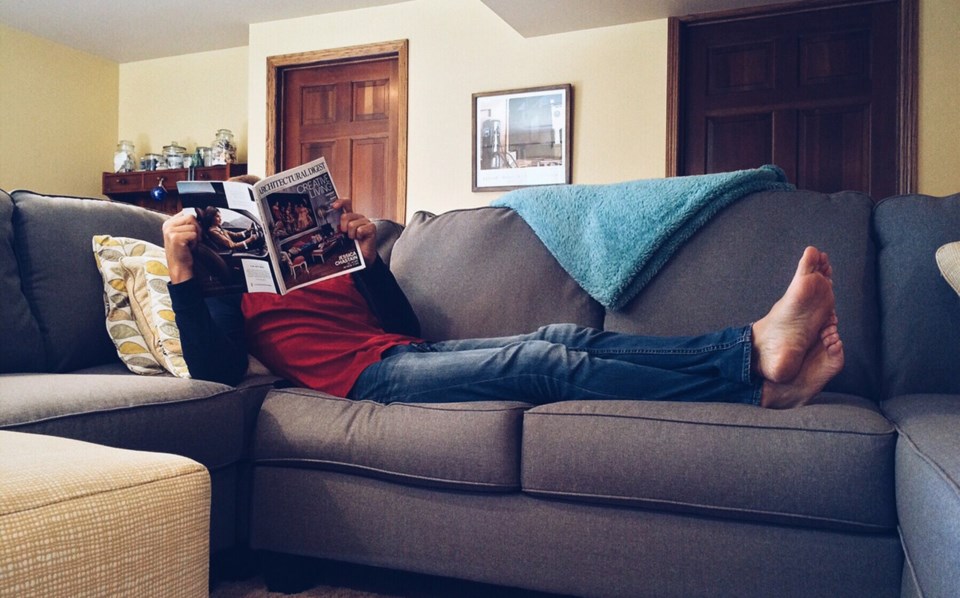In Metro Vancouver, the most expensive rental housing market in Canada and one of the least affordable for homebuyers on the planet, about one-third of the homes have just one resident.
The same economics apply whether it is a car or a home: one person travelling alone in a vehicle represents a much costlier per capita commute than 30 people sharing a bus.
When it comes to housing, the affordability factor is simply much more pronounced. A single person attempting to rent a home will have a harder time affording it than if he or she is sharing the cost with at least one other person.
For homebuyers, it means coming up with the entire down payment, qualifying for the mortgage payments, plus paying condo fees or maintenance costs, all from one pocket.
While Vancouver is exceptional due to its home prices, the home-alone trend is hampering housing affordability right across the country.
The number of Canadians living alone has more than doubled in the past 35 years, making single-person households the most common type, a new report by Statistics Canada confirms.
This group is now larger than the one composed of couples with kids, as well as the category of couples living alone – and the trend toward solo living is accelerating.
Vancouver, with an estimated 31 per cent of home-alone households, has one of the highest rates in Canada.
Young adults are the hardest hit by social isolation in Metro Vancouver, according to the Vancouver Foundation’s Connections and Engagement report, released in December 2017.
This April, Joyce Murray, MP for Vancouver Quadra, hosted an event on how to reduce loneliness in Vancouver and make the city a friendlier place.
It is no longer your elderly widowed aunt who is living solo, poor dear. It is just as likely to be your buddy or your niece. The fastest-growing age group living alone is those aged 35 to 64, according to Statistics Canada’s demography division.
It also reports that one-third of those aged 20to 34 were in a relationship, but each partner lived in his or her own place. Among those in the middle-adulthood years of 35 to 64, the proportion of those living alone but attached is 20 per cent.
No surprise that StatsCan also discovered that a substantial number of single adults were paying more than 30 per cent of their income for shelter, considered unaffordable.
So what’s the solution?
Buddy up. Find a lover. Make amends with your family. Swap your social media network for real people in real life. Learn to share your life and your roof. We suspect housing affordability, and Canadian society, would be the better for it.




